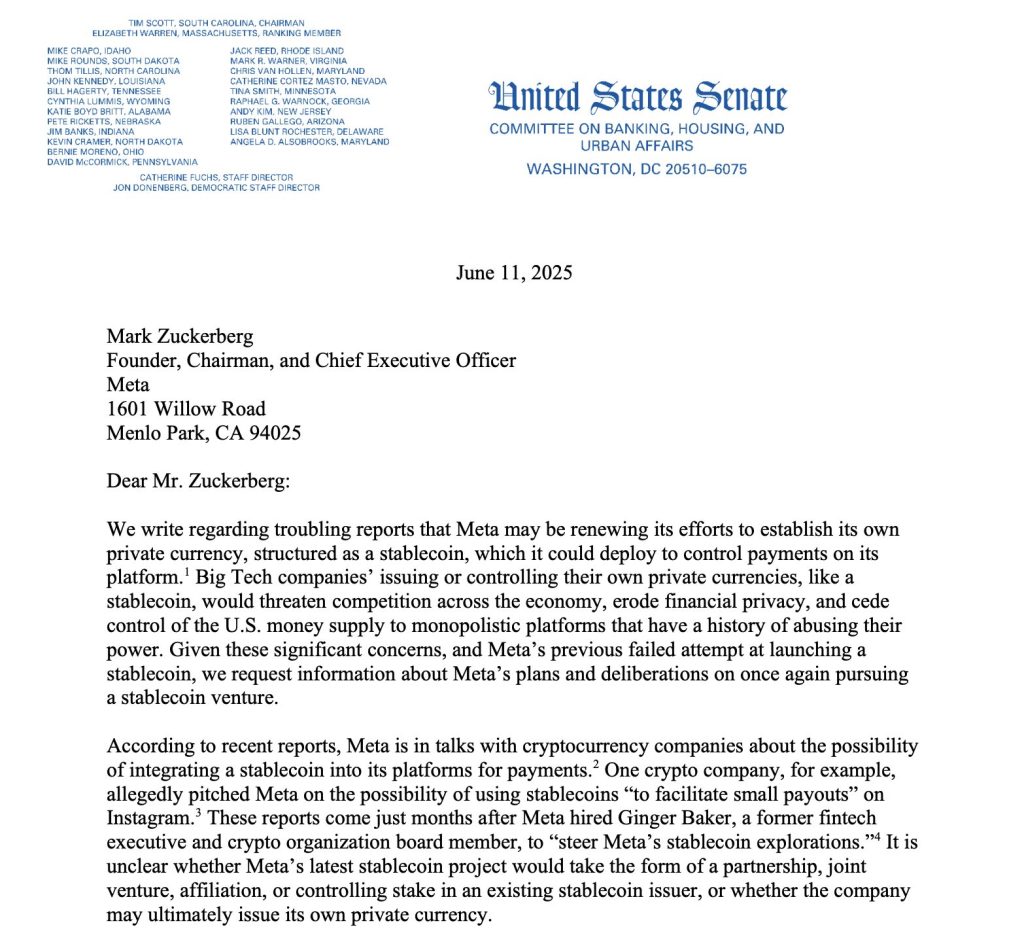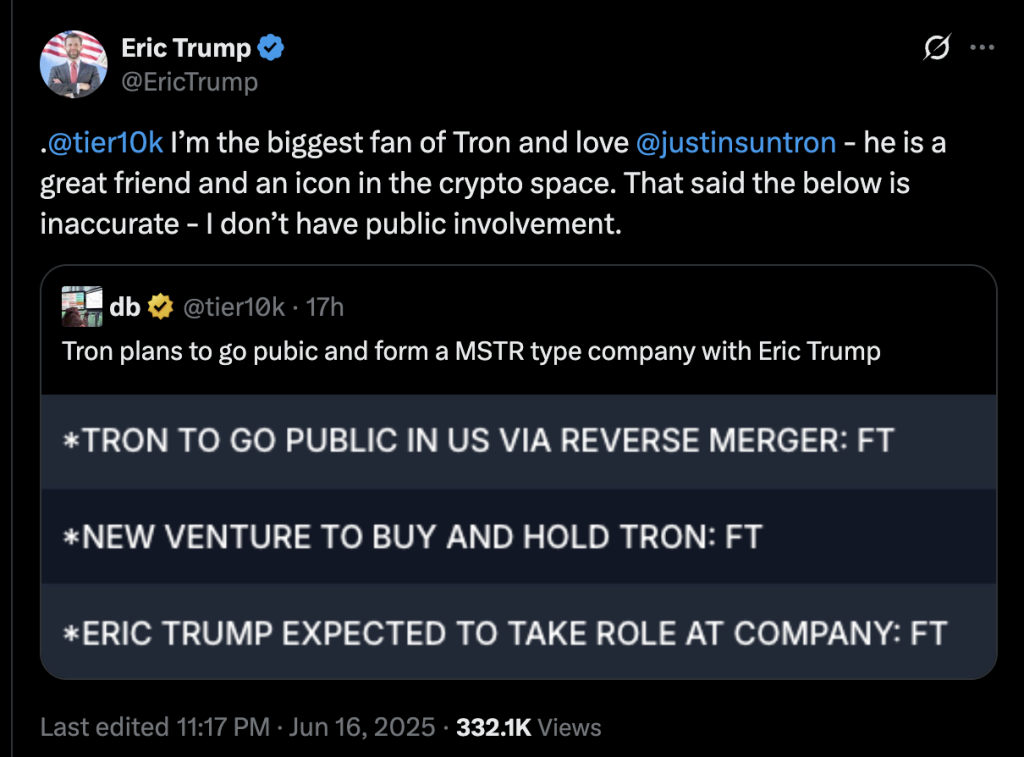Receive free Markets updates
We’ll send you a myFT Daily Digest email rounding up the latest Markets news every morning.
Global stocks were higher and Treasury yields fell on Wednesday, hours before the Federal Reserve was widely expected to leave its policy rate unchanged and deliver its latest set of short-term interest rate projections.
Wall Street’s benchmark S&P 500 rose 0.3 per cent, with all sectors apart from energy in positive territory. The tech-heavy Nasdaq Composite also advanced 0.3 per cent.
After hitting a 16-year high in the previous session, the benchmark 10-year Treasury yield fell 0.04 percentage points to 4.32 per cent, while the interest rate-sensitive two-year yield fell 0.05 percentage points to 5.06 per cent. Yields move inversely to price.
Markets are pricing in a 99 per cent chance that rates would remain unchanged in a range of 5.25 per cent and 5.5 per cent on Wednesday, according to data compiled by Refinitiv and based on interest rate derivatives prices.
Since the Fed’s last meeting in July, US core inflation has fallen from 4.8 per cent to 4.3 per cent, non-farm payroll growth has moderated and the unemployment rate has nudged up to 3.8 per cent.
For investors, the main question is whether the Fed, led by chair Jay Powell, will be open to one more increase before policy shifts to cutting rates.
“We think the communication that ‘additional policy firming may be appropriate’ will probably be retained verbatim as the July meeting minutes confirmed that ‘most participants continued to see significant upside risks to inflation’,” said analysts at JPMorgan.
Liz Ann Sonders, chief investment strategist at Charles Schwab, said she expected Powell “will leave the door open for additional hikes as he’s done in the past, reinforcing the idea that the Fed wants to take its time to assess whether, if disinflation continues, it’s likely to stick”.
“The lesson Powell’s taken most earnestly from the 1970s experience is that declaring victory and easing policy only to see the inflation genie re-emerge from the lamp meant [former Fed board chair Paul Volcker] had to re-raise rates,” Sonders said.
Comparisons with the 1970s — when successive oil price shocks led to a second wave of inflation — have taken on fresh meaning as the price of Brent crude has climbed 30 per cent over the past two months to about $95 a barrel, its highest point this year.
A measure of the dollar’s strength against a basket of six other currencies weakened 0.3 per cent.
Elsewhere in equity markets, the region-wide Stoxx Europe 600 rose 1 per cent in afternoon trade. London’s FTSE 100 rose 0.9 per cent after UK inflation fell from 6.8 per cent in July to 6.7 per cent in August, surprising economists ahead of the Bank of England’s crucial rate-setting announcement on Thursday.
Property developers were among the main beneficiaries: Taylor Wimpey and Persimmon rose 5.8 per cent and 4.7 per cent respectively, while British Land was up 4 per cent.
Asian stocks declined, with China’s CSI 300 down 0.4 per cent, Japan’s Topix falling 1 per cent and Hong Kong’s Hang Seng index losing 0.5 per cent.
Credit: Source link











